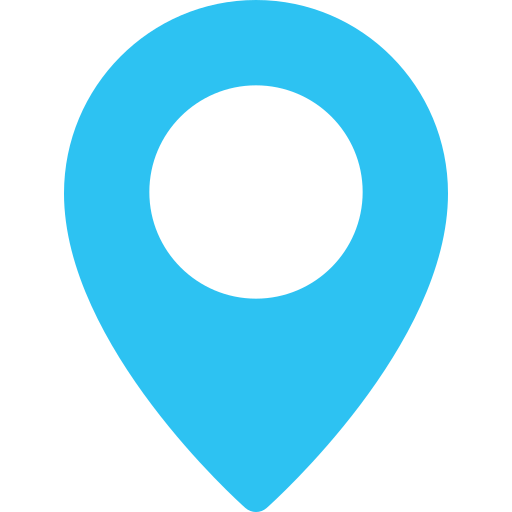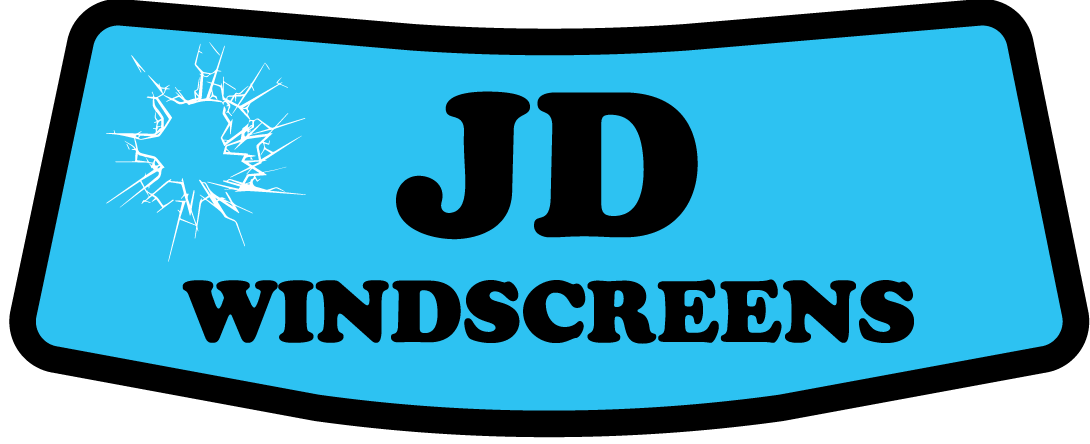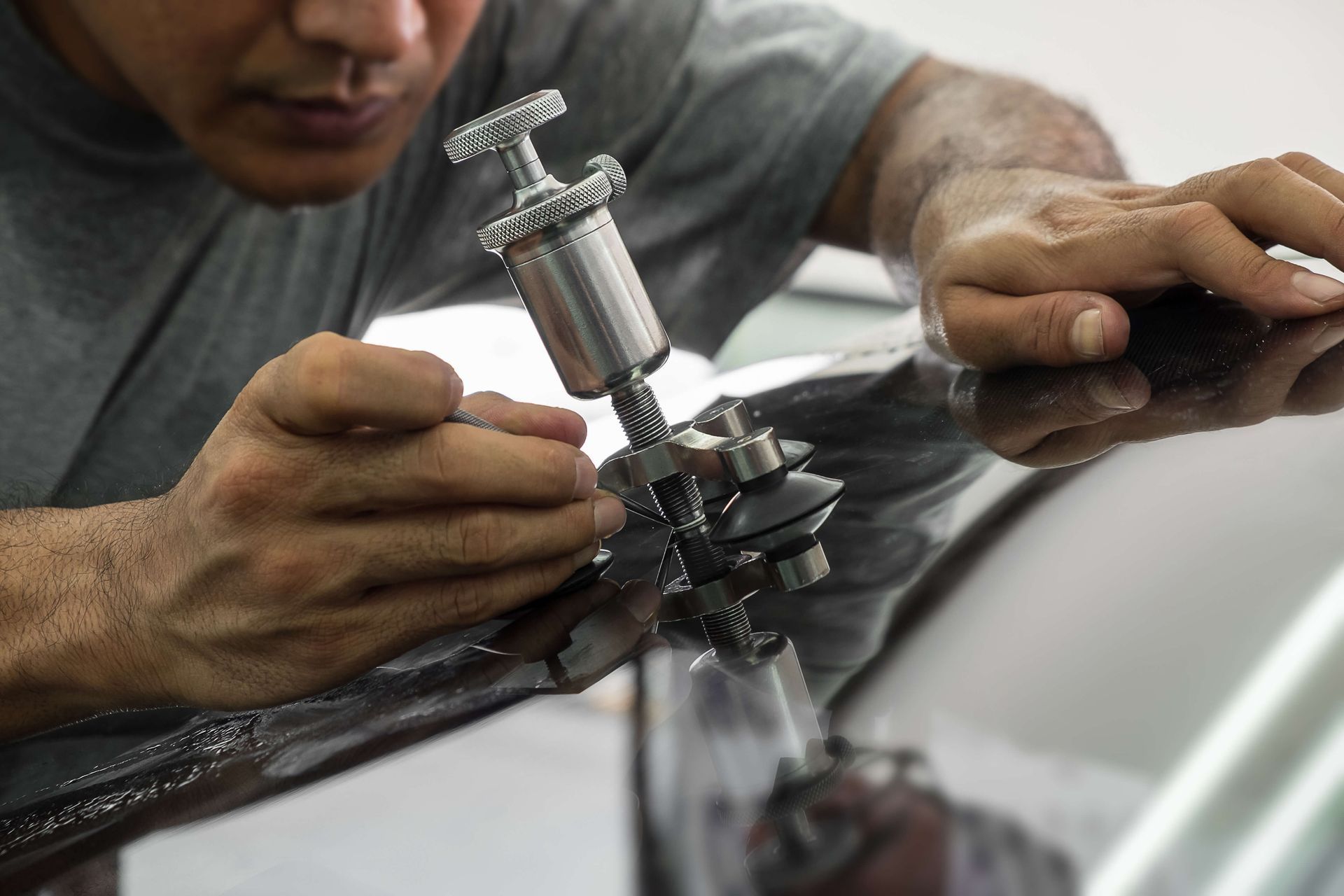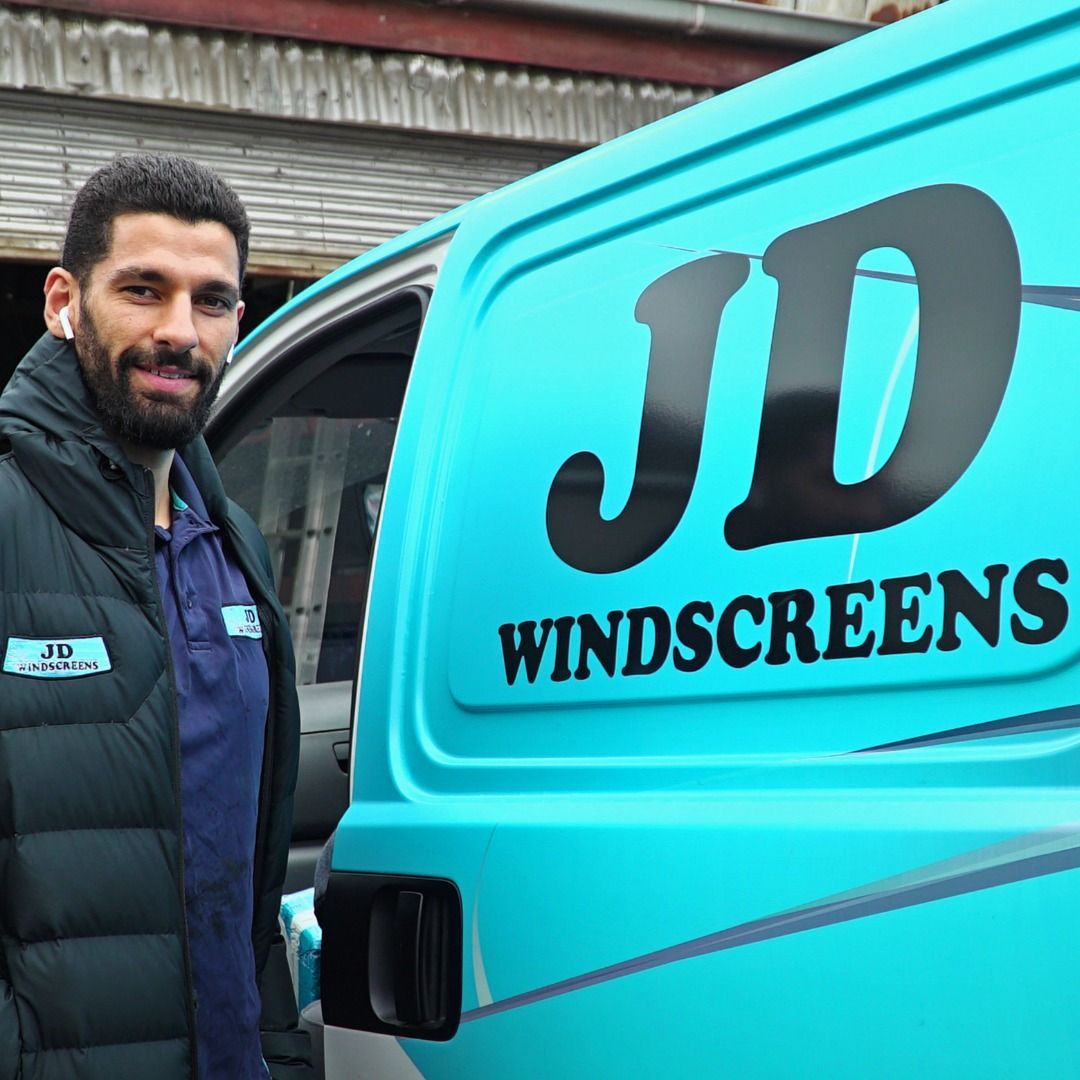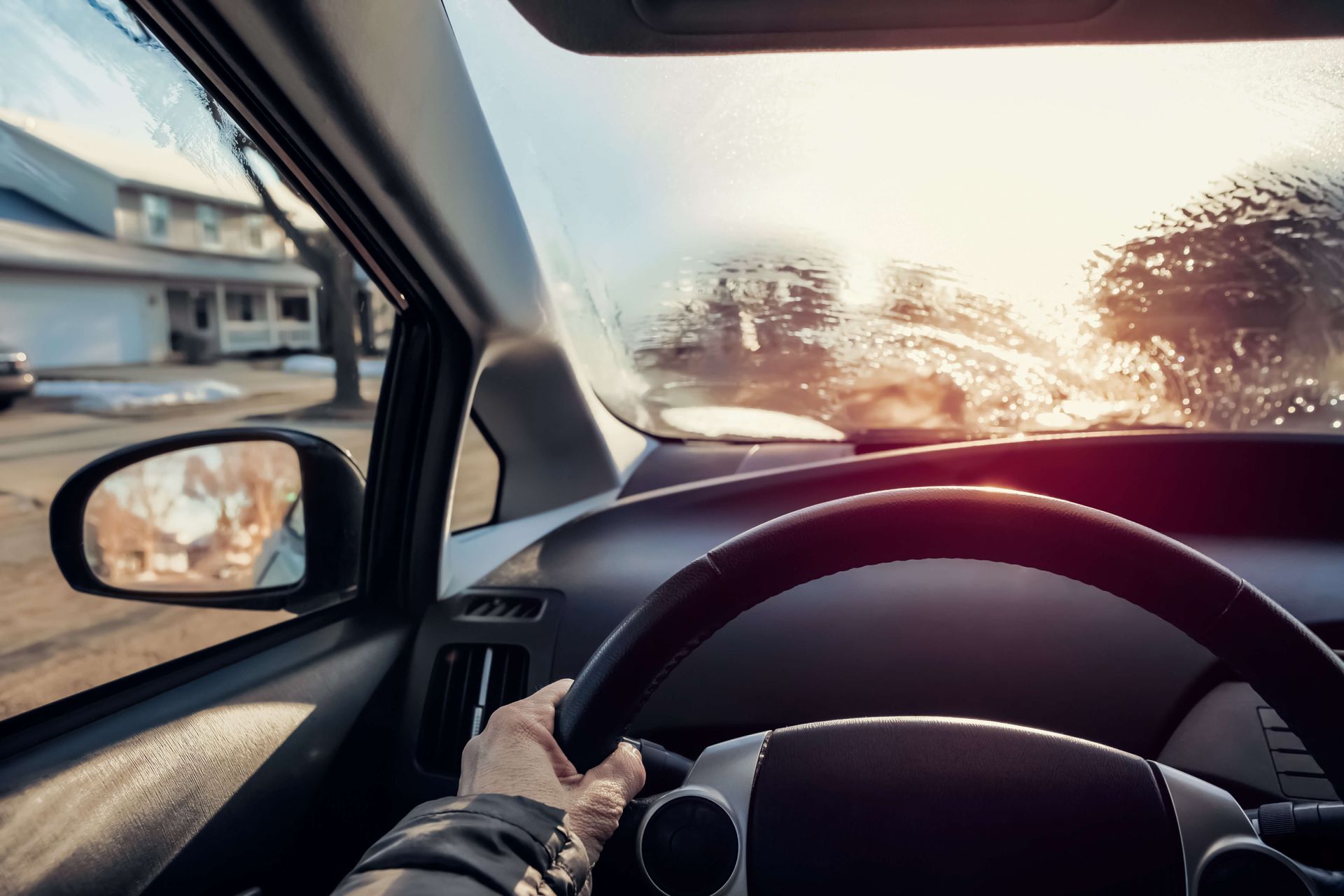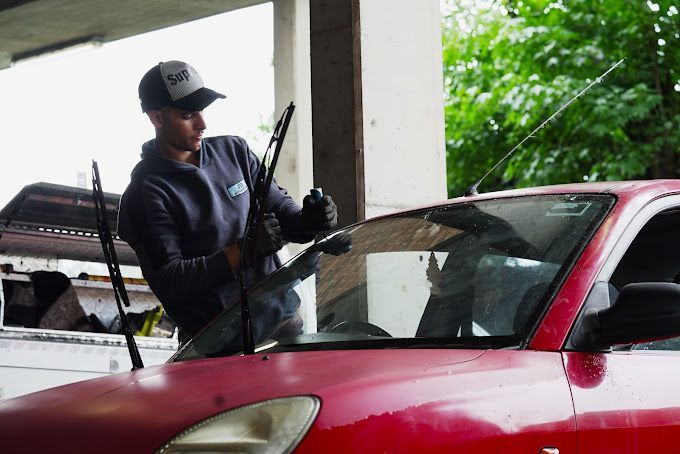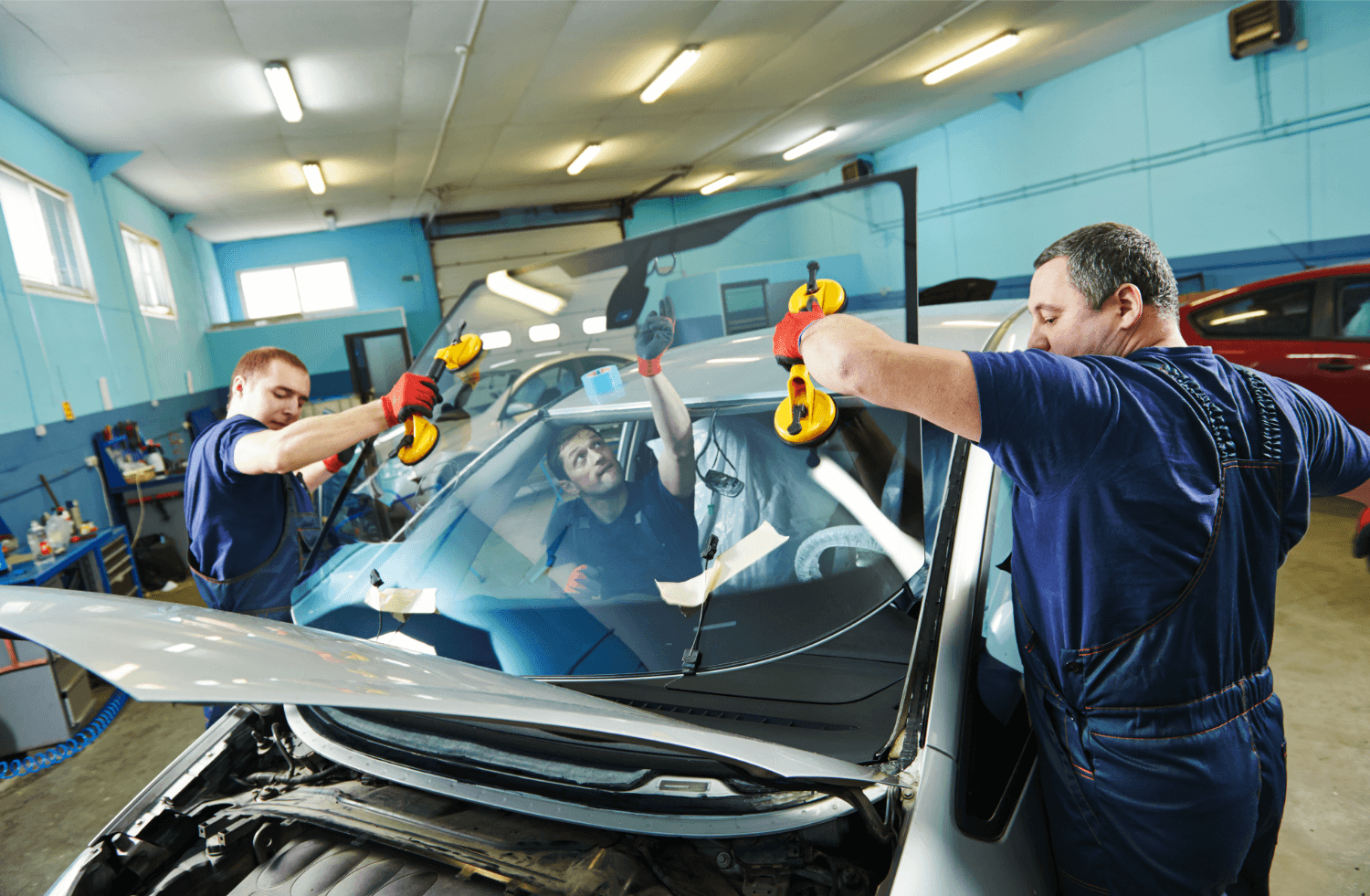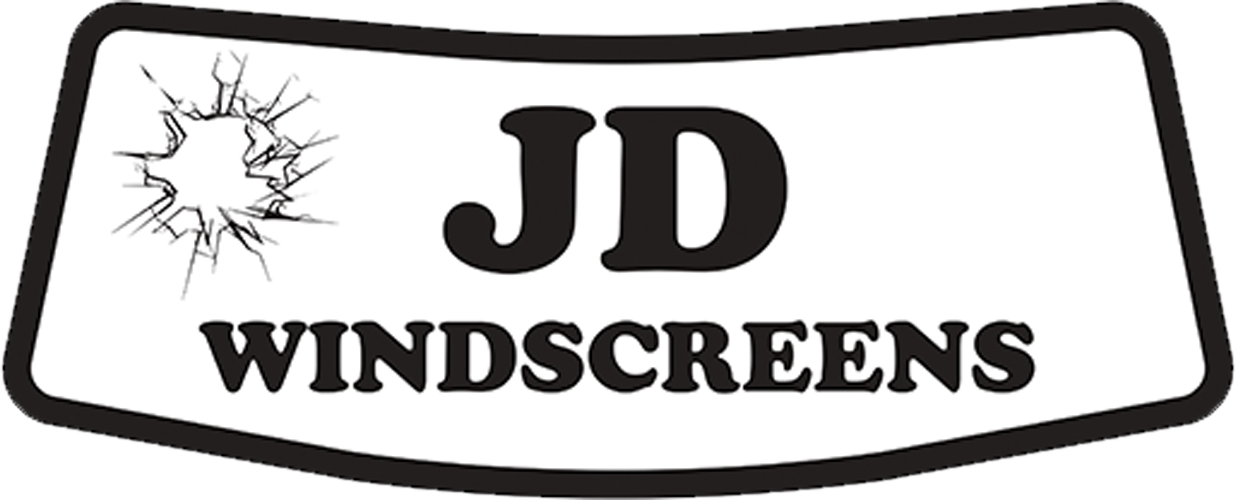info@jdwindscreens.com.au
Why Your ADAS May Fail After Windscreen Replacement (And How to Fix It)
Modern vehicles rely on Advanced Driver Assistance Systems (ADAS) for critical safety functions like lane departure warnings, adaptive cruise control, and emergency braking. These features depend on windscreen-mounted sensors and cameras to function accurately. However, when a windscreen replacement is performed, even the slightest misalignment can disrupt ADAS sensor alignment, leading to false readings or complete system failure.
Many insurance companies also mandate calibration to process claims. Ignoring this step compromises vehicle safety and could leave ADAS features unreliable. In this article, we will guide you how ADAS works and why proper calibration is essential for safe driving.
What is ADAS and How Does It Work?
Modern driver assistance systems play a crucial role in preventing accidents, but they can only function correctly if the ADAS windscreen camera and sensors are properly aligned. ADAS technology includes features like:
- Lane Departure Warning (LDW): Alerts the driver if the vehicle unintentionally drifts out of its lane.
- Adaptive Cruise Control (ACC): Maintains a safe following distance by automatically adjusting speed.
- Automatic Emergency Braking (AEB): Detects sudden obstacles and applies brakes if needed.
- Blind Spot Monitoring (BSM): Warns drivers about vehicles in their blind spots.
These vehicle safety features rely on windscreen-mounted sensors to read road conditions accurately. If the windscreen replacement alters their position even slightly, ADAS calibration is required to prevent false warnings or system failures. Even a slight misalignment during
windscreen replacement can disrupt ADAS functionality, leading to false readings or system failure. That’s why it’s crucial to choose a professional service that ensures both windscreen installation and ADAS recalibration are done correctly.
When is ADAS Calibration Required?
Recalibration is essential whenever the ADAS windscreen camera is disturbed or repositioned. Here are the key scenarios where ADAS recalibration is necessary:
- Windscreen Replacement: The most common reason for recalibration. Even a slight shift in camera position can result in incorrect readings.
- Front-End Collisions: Impact damage near the front of the vehicle can disrupt ADAS sensors, requiring a reset.
- Camera Removal or Replacement: If the front-facing camera is detached or replaced for any reason, recalibration is mandatory.
- Suspension or Wheel Alignment Changes: Modifications to the vehicle’s height or alignment affect the camera’s field of view.
- ADAS Error Messages on Dashboard: Warning lights or system malfunctions indicate the need for recalibration.
Even minor glass repairs near the ADAS windscreen camera can cause slight misalignments. Many manufacturers recommend recalibration if a chip or crack is fixed in the camera’s line of sight. Ignoring this step can lead to faulty lane-keeping assistance, incorrect emergency braking responses, or false collision warnings. At JD Windscreens, our team ensures that after every windscreen replacement, your ADAS recalibration meets manufacturer specifications, keeping your vehicle’s safety features functioning properly. Contact our experts now if you are facing issues related to ADAS calibration.
Types of ADAS Calibration: Static vs. Dynamic
After a windscreen replacement, recalibrating your ADAS windscreen camera is not a one-size-fits-all process. Different vehicles require different calibration methods to ensure that lane departure warnings, adaptive cruise control, and emergency braking work precisely.
1. Static ADAS Calibration
This method is performed in a controlled workshop environment. Using specialized target boards and precision instruments, technicians manually adjust the camera to factory specifications. This is required for many luxury and high-tech vehicles where on-road calibration isn't enough. The process typically takes 60–90 minutes.
2. Dynamic ADAS Calibration
Some vehicles rely on real-world conditions for recalibration. This process involves driving the car at a specific speed on marked roads to allow the system to self-adjust. Factors like weather, traffic, and road conditions can influence the time required, but it usually takes 30–60 minutes.
3. Dual Calibration
Certain vehicles require both static and dynamic calibration to fully reset the ADAS sensor alignment. This ensures that the system is correctly positioned in both stationary and moving conditions. Driving with a misaligned ADAS system can lead to dangerous errors, such as incorrect lane detection or delayed emergency braking. If you've recently had a windscreen replaced and aren’t sure if your ADAS system is calibrated correctly, contact our team for expert assistance.
The ADAS Calibration Process: Step-by-Step
Proper ADAS windscreen calibration ensures that all driver assistance systems work as intended after a windscreen replacement. Even a slight misalignment in the windscreen camera can lead to faulty lane departure warnings, inaccurate adaptive cruise control, or emergency braking failures. That’s why recalibration follows a precise step-by-step process using manufacturer-approved tools.
Step 1: Vehicle Scan for Existing ADAS Faults
Before calibration begins, a technician scans the vehicle’s system to detect any ADAS sensor alignment issues, error codes, or previous faults. This ensures that all sensors and cameras are functional before proceeding.
Step 2: Determine the Type of Calibration Needed
Not all vehicles require the same calibration method. Depending on the make and model, the technician determines if the car needs static calibration, dynamic calibration, or both to restore sensor accuracy.
Step 3: Using Manufacturer-Approved Calibration Tools
For static calibration, specialized target boards and laser alignment systems are used in a controlled environment to precisely adjust the ADAS windscreen camera. For dynamic calibration, the car is driven under specific road conditions so the system can recalibrate itself using real-world inputs.
Step 4: Final Verification and Safety Checks
After adjustments, a technician runs final diagnostic tests to confirm that the ADAS technology is fully operational. The system is tested for proper lane-keeping assistance, adaptive cruise control, and emergency braking response.
Step 5: Calibration Certificate for Insurance & Warranty
Once the ADAS recalibration process is complete, a calibration certificate is issued. Many insurance companies require this documentation to process claims related to windscreen replacement. Additionally, this certificate confirms that the vehicle meets manufacturer safety standards. The entire recalibration process can take anywhere from 30 to 90 minutes, depending on whether static or dynamic calibration is required. If you're curious about the full timeline, from windscreen removal to final calibration, read our guide on
how long it takes to install a windscreen.
Key Takeaway
A windscreen replacement is more than just fitting new glass—it directly affects ADAS systems that rely on precise sensor alignment. Even a slight miscalibration can lead to incorrect lane detection, delayed emergency braking, or false collision warnings, making recalibration essential for both safety and insurance compliance. Neglecting this step can leave your driver assistance systems unreliable, reducing your vehicle’s ability to respond accurately in critical moments.
A poorly calibrated ADAS system isn’t just an inconvenience—it’s a serious safety risk. At JD Windscreens, we ensure your sensors are precisely aligned according to manufacturer specifications.
Book your ADAS recalibration today and drive with confidence.
FAQs
How do I know if my vehicle needs ADAS calibration after a windscreen replacement?
If your car has ADAS features like lane departure warning, adaptive cruise control, or emergency braking, recalibration is required after a windscreen replacement. Even a minor misalignment in the ADAS windscreen camera can lead to false readings or system failures, compromising your vehicle’s safety.
Can I drive without calibrating my ADAS system?
No, skipping ADAS calibration can cause incorrect lane detection, false collision alerts, or disabled safety features. Without recalibration, the system may fail to respond to hazards, increasing the risk of accidents. Most insurance companies also require recalibration for coverage after a windscreen replacement.
How long does ADAS calibration take?
The ADAS recalibration process typically takes 30–90 minutes, depending on whether static, dynamic, or both methods are required. Static calibration is performed in a workshop using target boards, while dynamic calibration requires a road test under controlled conditions. Some vehicles need both to ensure proper alignment.
Can any mechanic do ADAS calibration?
No, ADAS calibration requires specialized tools, diagnostic software, and manufacturer-specific settings. Only certified technicians with the right equipment and training can accurately recalibrate ADAS sensors after a windscreen replacement. Choosing an experienced professional ensures your vehicle’s safety systems function as intended.
Ready to work with JD Windscreens?
Let's connect! We’re here to help.
Send us a message and we’ll be in touch.
Or give us a call today at 0435-759-669

